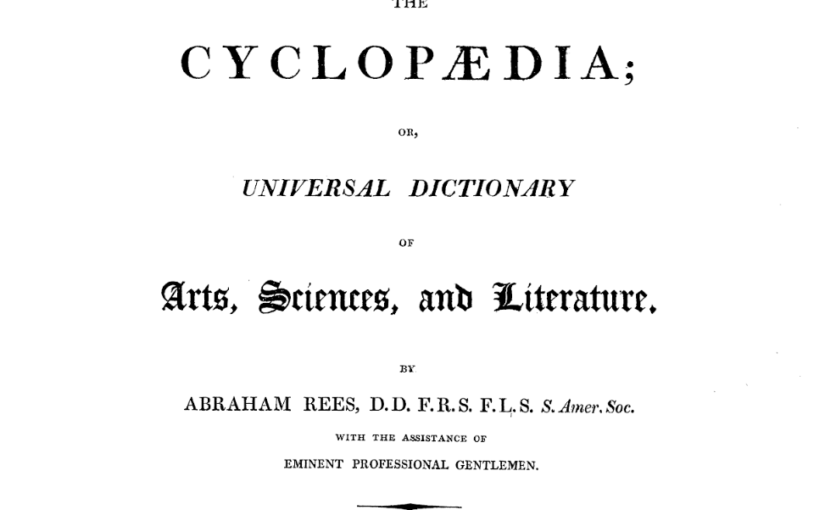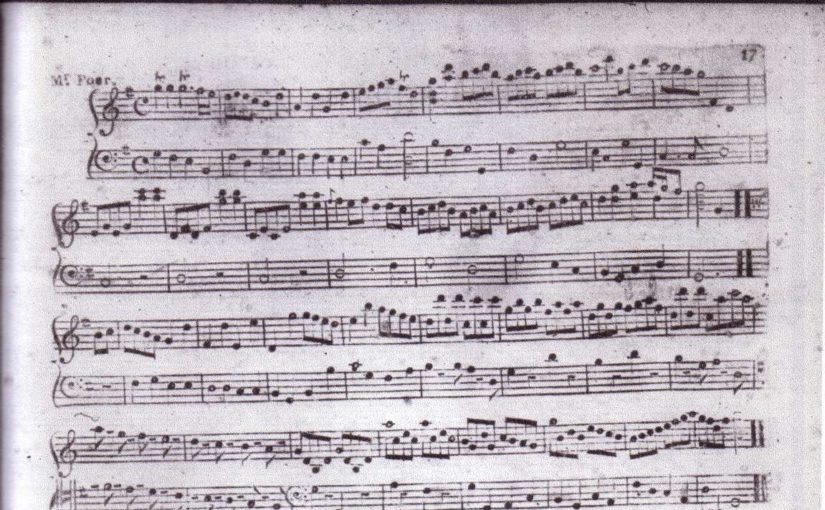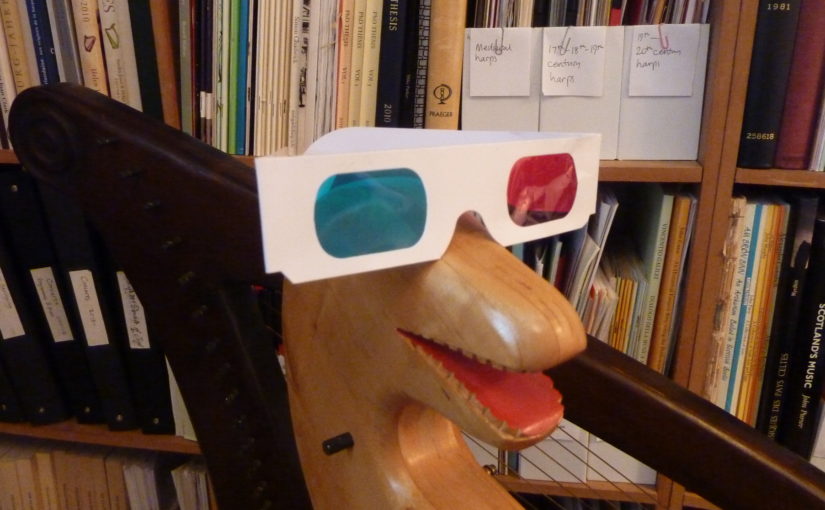Carolan’s tunes had no base to them originally, as we have been informed by the late Keane Fitzgerald, a native of Ireland, and a good judge of music, who had often seen and heard old Carolan perform. It was only after his decease, in 1738, that his tunes were collected and set for the harpsichord, violin, and German flute, with a base, Dublin, folio, by his son, who published them in London by subscription, in 1747.
Abraham Rees, The Cyclopaedia; or, universal dictionary of arts, sciences and literature. London: Longman, Hurst, Rees, Orme & Brown, 1819. Volume 17, (unpaginated, under ‘Harp’)
Tag: Carolan
Carolan tune collation
Donal O’Sullivan’s book, Carolan: The life times and music of an Irish harper was published in two volumes in 1958. It presented a biography, and 213 tunes presented as corrected typset melody lines, and also with quite detailed notes on each tune including some lyrics. This book has defined Carolan studies ever since, and the book has been reissued a couple of times, and there have also been derivative works.
I think there are a number of big problems with this book, which have never been addressed to my knowledge. One is that Donal O’Sullivan’s edited versions of the melody have become used as sources for performance, even though many of them are arbitrarily changed from the early source versions. Another problem is that O’Sullivan relied heavily on late fiddle and pipe sources, rather than respecting earlier harp transcriptions. Thus he also ignored harp idiom in the early sources including key, basses and ornamentation.
He also was very hasty to associate titles, lyrics and melodies, sometimes making demonstrable errors. He also included every tune he could find that had even the slightest hint of an association with Carolan, only marking the most unlikely with an asterisk to show their doubtful status. This system has been continued in the 2001 Ossian re-issue of O’Sullivan’s book, which includes new material not available to O’Sullivan. Catríona Rowsome’s 2011 book uncritically accepts all of O’Sullivan’s suggestions and the 2001 additions, giving a corpus of 226 tunes.
To Donal O’Sullivan’s credit, he did include references for all of his source material. However his referencing system is very tricky to use, with sources given by index letters, requiring constant cross-checking between pages and volumes. Also, many of his sources are still not easily available in facsimile.
I have been working on a collation of all the different versions of each of the tunes attributed to Carolan. I have entered all the information from Donal O’Sullivan’s book into a spreadsheet, and tried to unpick the different strands presented. I have put the spreadsheet here on Google Docs for you to look at and interact with.
You can use the spreadsheet to sort by source, or by Donal O’Sullivan’s number. I have also put a tentative rating beside each tune, to show how likely I think that Carolan had anything to do with the tune. These can be edited later if new information comes to light.
Rather shockingly, only a bit over half of the tunes have a solid and reliable attribution to Carolan; about 1/4 are almost certainly spurious.
There’s a lot more work to be done on this, and in time I will update the spreadsheet. But I thought it was in a useful enough state at the moment to show it to you,
3d photography as a measurement tool
The bass end of the Carolan harp (which was sometimes called the Rose Mooney harp) is very damaged, and there has been a lot of movement inside the bass joint. However it’s not possible to measure this movement from the outside, because of the later repairs with iron straps and canvas bandages completely covering this part of the harp.
I had an idea to try and make stereo pair photographs of this part of the harp, to see if I could use them to measure the amount of movement both downwards (towards the bass end of the soundbox) and backwards (towards the back of the harp).
Rose Mooney & Carolan
Back in 2013, I did my talk “Harps and Tunes: Matching instruments to repertory” at Scoil na gCláirseach in Kilkenny, and one of the harpers I talked about was Rose Mooney (from 39:24 in the video).
Carlione
Looking through the books from the Jimmy Shand Collection in Dundee library for a tune to play on Saturday week at the free community concert in Dundee, I noticed “Carlione a Favourite Irish Tune” in Neil Gow’s third collection (1792). It is Dr John Stafford, or Carolan’s Receipt (no. 161 in Donal O’Sullivan’s index).
Whether or not I’lI get it up and running to play in two weeks time, it got me thinking about tunes titled with strange variants of Carolan’s name.
ruder performers only
Reviewing my version of Carolan’s Concerto which I played at Wednesday’s concert, it struck me that this old setting of mine (which I learned many years ago) was pretty clunky and crude. I was reminded of John Lynch’s 1662 assessment of fingernail playing:
The Fairy Queen
As I have been practicing the Fairy Queen for tomorrow’s concert, and I have the Downhill harp here this week, I thought I would do a quick Youtube of it as a record of where I am at the moment.
An cruit bheag ‘s an cruit mhor
Practicing for my Carolan concert this coming Thursday lunchtime, I have got the Downhill harp back from my student who usually has it and I was reminded of how I often talk about the importance of using an appropriate instrument for different repertory. Continue reading An cruit bheag ‘s an cruit mhor
Carolan’s Concerto
I am preparing for my Carolan concert in a couple of weeks time, and today I made up the posters ready to be put around town.
Botanic Baroque
On Saturday evening I will be at the botanic gardens here in St Andrews for an outside evening concert. I’ll have my 18th century Irish harp with me and will be playing a programme of “Carolan, Connellan & Lyons”.
The Downhill harp is loud and strident enough to work in an outdoors setting, and I am hoping that the elegant and sweet tunes from these three composers will complement the summer evening picnic ambience on the lawn of the gardens.
I am interested in these three composers as the finest exponents of the “Irish baroque”, a kind of fusion of the old native styles with the fashionable Italianate music that swept into Scotland and Ireland in the years around 1700.
In Ireland it was the harpers who embraced this new fashion, and Carolan and Lyons were right in there composing Italianate tunes or variation sets in full-on continental style, though always viewed through the prism of the old Gaelic performance traditions on the early Gaelic harp. Connellan, being that bit earlier, worked in a more traditional way though he can perhaps be seen as one of the earliest to compose the big 18th century irish “sean-nos” songs.
In Scotland, the few harpers that remained by 1700 did not engage with this Italian music fashion, and it was the fiddlers who were the most enthusiastic in developing the Scottish baroque style. James Oswald is perhaps the best known and most prolific, and I am using his delightful setting on one of Lyons’s tunes. Lyons called it “Miss Hamilton” after one of his patrons, but Oswald calls it “The blossom of the rasberry” which wonderfully fits our Botanic Garden theme. There is a lovely variation in Oswald’s set which may have come from Lyons but really sounds more like Oswald’s work.








